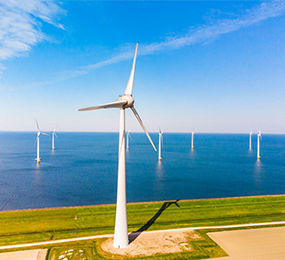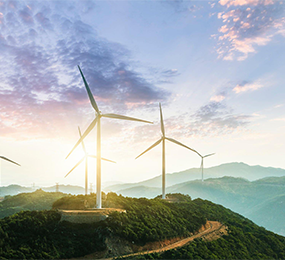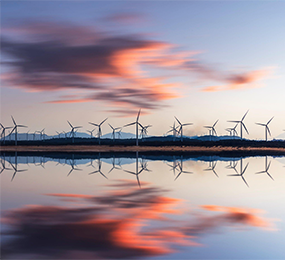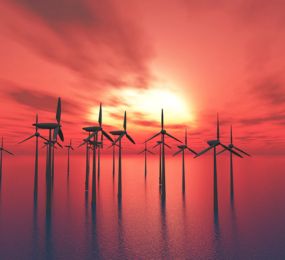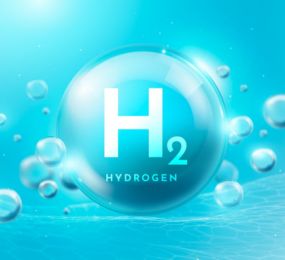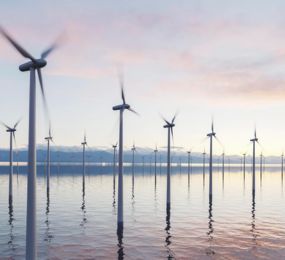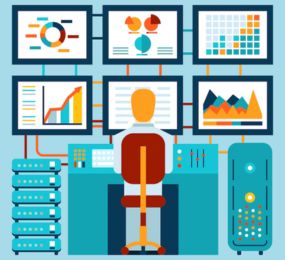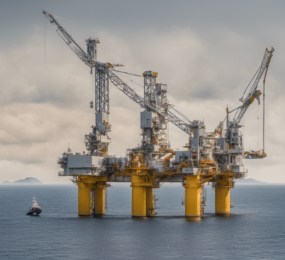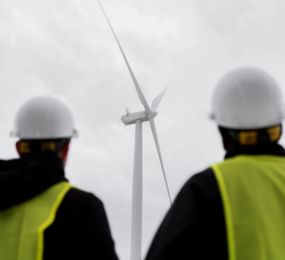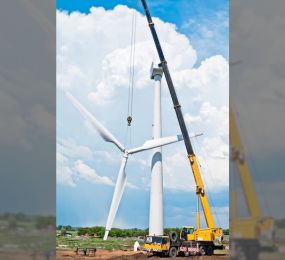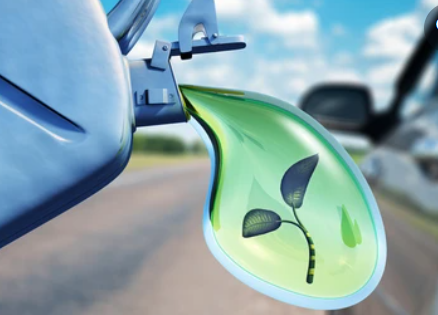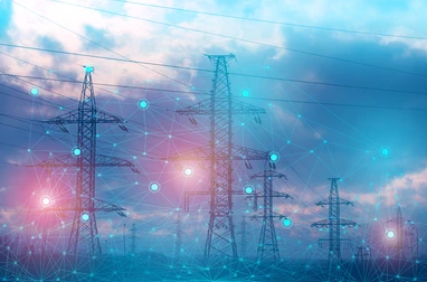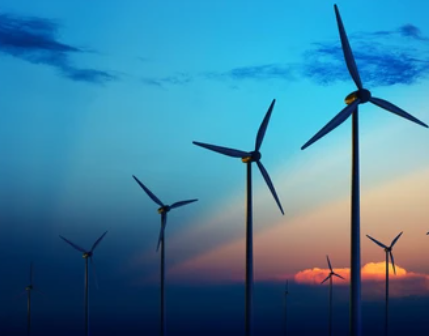The Role of Data Analytics in Offshore Wind Turbine Reliability Improvements
Server farms are becoming increasingly important to the performance of wind farms, both offshore and onshore. Data scientists equipped with cloud-hosted analytics software and tower-based telemetry can monitor every minute of a wind turbine's life.
This is especially important in the harsh offshore environment, where storms, corrosion, marine life, and ordinary wear and tear put offshore wind turbines to the test.
Predictive maintenance and data science
Wind farm operators can now develop complicated models that cross-reference and connect the impacts of wind, weather, and wear in ways that were unthinkable a decade ago, thanks to advances in data science and cloud computing.
The main difficulty with offshore wind is reducing the large installation costs and avoiding costly equipment malfunctions. With advancements in analytics-driven predictive maintenance, offshore wind projects will be able to forecast when important parts will fail and replace them before a costly breakdown occurs.
The advantages of this deep dive into data analysis are twofold: lower operational costs and offering system designers the best prospects for better efficiency in future tower and turbine generations.
In many markets, land-based wind generation is already competitive with traditional energy sources. Precise analytics will be essential in assisting offshore wind projects to match that performance.
Wind-monitoring equipment
The Offshore Wind Infrastructure (OWI) Application Lab in Belgium examined a wide range of technologies to assist offshore wind operators in capitalizing on the benefits of modern data science.
One of their studies demonstrated that a floating platform can track offshore wind patterns using LIDAR (light detection and ranging) equipment. It's essentially the same technology that cops use to catch speeding drivers: pointing a laser beam at a specified region and detecting motion in the area where the light beam touches.
On land, LIDAR is an outstanding measuring technique. However, according to OWI Application Lab, making it function on water has proved too expensive. That's why the successful test of a floating LIDAR, or FLIDAR, prototype a few years ago came as such a relief.
Windfarm operators may use analytics to include ultra-precise wind readings into their overall operational models, allowing them to generate even more accurate projections about the lifespans of their turbines.
Offshore wind opportunities are being assessed.
Understanding the value of utilizing innovative technology to build products that are resistant to weather and corrosion at sea. Science and engineering enable us to create some of the world's greatest subsea cable accessories.
Visit our website to know more: https://bit.ly/3U9kPZ9
For more information and group participation, contact us: [email protected]
Leadvent Group - Industry Leading Events for Business Leaders!


